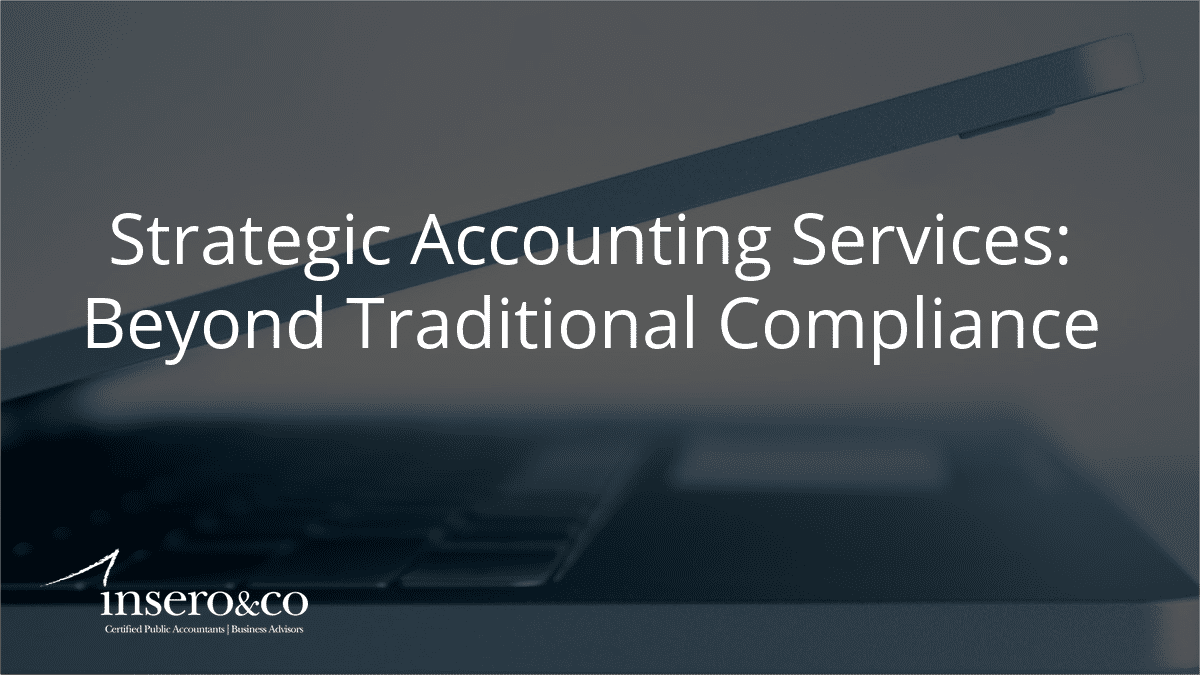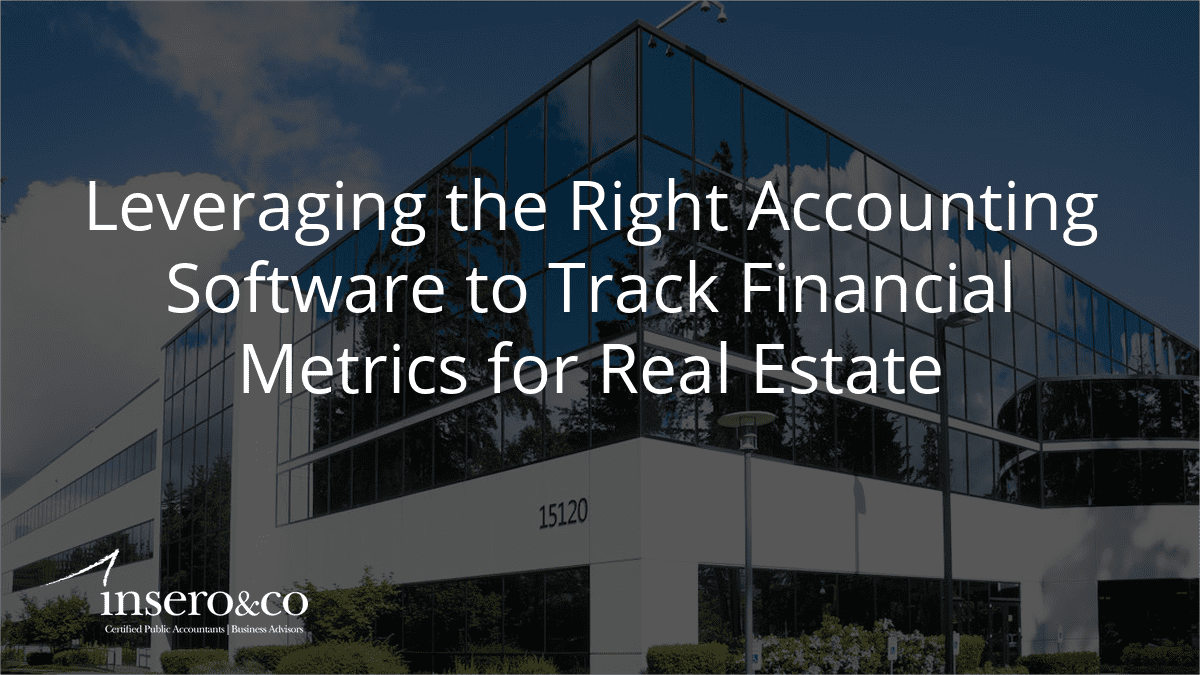Successful financial management is critical for every nonprofit, and yet many organizations make costly mistakes, fail to create accurate budgets, and struggle to adjust to new and shifting requirements.
Here are five best practices that can help your organization streamline processes, improve compliance, and achieve your mission.
1. Maintain internal policies and controls
Fraud is an enormous concern for nonprofits, and maintaining internal policies and controls is the best way to avoid it.
Internal controls include everything from how you physically protect financial information to separation of duties, approval processes, and monthly bank reconciliations. Be sure to review and update your internal policies and controls on a regular basis to make sure they’re up to date and are being followed by all staff members.
2. Create a multi-year financial plan
Creating a multi-year plan provides much-needed direction for nonprofits that otherwise can get caught up in short-term decision-making. A longer-term plan serves as a check on annual budgets, ensuring that each year the organization is moving steadily toward accomplishment of its goals and mission.
3. Be transparent
How financially transparent is your organization? Your donors and other stakeholders will likely have greater trust in your organization if they can easily identify how much revenue is coming in, where money is being spent, and how and why you allocate funds the way you do.
In addition to legally required financial disclosures, make sure your annual report, website, and donor letters provide clear details on how gifts and other revenue are being spent to support your mission.
4. Make internal data more accessible
It is essential for the executive team, the board, and other stakeholders to be able to access appropriate financial data to inform their decisions. For that to happen, you may need to upgrade your accounting software to support customizable dashboards that present key performance indicators (KPIs) in a clear way.
This on-demand webinar provides examples of dashboards that can track all types of performance activity and provide the insights nonprofits need.
5. Go beyond Form 990
To maintain their exempt status, most nonprofit organizations need to file Form 990, but filing that form is only the beginning. Board members and nonprofit leaders have a fiduciary duty to understand the organization’s financials, which requires regular review of Form 990 as well as several other financial statements.
To help stakeholders meet their fiduciary duty, make sure that your accounting and finance team has the tools and support they need to provide not only annual statements but monthly and quarterly financial data, including variance analyses.
Learn more
Insero & Co. is a public accounting firm with decades of experience working with businesses and nonprofits of all sizes. Our experts are available to provide consulting and other remote services and can help your organization implement financial management best practices.




